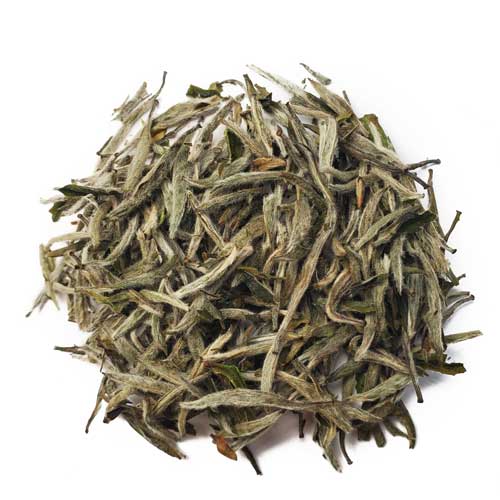Las Vegas Weekly
The discovery of tea was accidental, according to Chinese legend. Back in 2737 B.C., Emperor Shen Nong was boiling water in his garden when a leaf from a wild tea tree fell into his pot. Thus began the world’s love affair with a beverage that’s going on 5,000 years-strong. The depth and complexity of tea have become culturally nuanced over the centuries, as trade routes opened from China and other countries adopted their own methods of cultivation and preparation.
First forays into tea usually come in the form of a tea bag, ubiquitous in grocery stores and coffee shops. It’s a convenient delivery method that requires only a cup and hot water. But there’s so much more to tea than that.
Let’s start with the basics. There are three categories of tea: true tea, herbal tea and flavored tea. To be classified as a true tea, it must contain parts of the tea plant known by the scientific name Camellia sinensis. There are five true teas: white, green, black, oolong and pu-erh. They all come from the same plant but are processed (or oxidized) at different levels, resulting in different flavors, aromas and appearances.
White tea, mostly produced in China, is the least processed and has the most subtle flavor profile, while black tea, commonly produced in China, India, Sri Lanka and Africa, is the most processed, resulting in a bolder flavor closer to coffee. Green tea, much lauded for its health benefits, falls somewhere between white and black in the production process. It’s mostly produced in China and Japan. (The recently popular matcha, from Japan, isstone-ground and sold in fine powder form.)
You might be surprised to learn that herbal teas are not true teas, since they don’t contain any part of the tea plant. Rather, they’re called tisane—basically, spices, herbs and flowers infused in water. There are thousands of flavors of herbal teas, including popular ones like lavender, jasmine, chamomile and peppermint. Flavored teas—a combination of true teas and herbal tisanes, are probably the most popular kinds in the Western world. This is your Earl Grey (black tea with bergamot orange), Masala chai (black tea with spices) and English breakfast varieties. You can find them in loose leaf form or in tea bags.
The way we consume tea in the West is quite different from its Eastern origins, says Leo Lukidi, owner and CEO of Tea & Whisk, a tea shop in Henderson whose mission is to elevate the tea experience. The shop carries some of the finest loose leaf teas in the Valley, along with proper teaware such as a gaiwan (teapot) and matcha whisks. Lukidi delights in expanding his customers’ tea knowledge, including teaching them about traditional tea ceremonies, which can last anywhere from one to several hours, and involves tasting teas in two-ounce quantities. The practice requires a level of attention that really puts in you in the moment with your present company.
“It takes you away from everything else, like you cannot play with your phone, because everything you do is very fast. … Instead of steeping the tea for five minutes, you really only need to steep for 10 to 20 seconds,” Lukidi says. “So if you’re not paying attention, then you’re going to ruin your tea and it doesn’t taste that good. And because [the teapot] is so small, you constantly have to brew the tea over and over again. Some of our tea, it’s such a high quality that you don’t just make one time and serve it and be done with it. You make it 20 times from the same tea.”
Lukidi says this way of drinking tea began during wartime in China centuries ago, when people were trying to find a way to peaceably sit down and communicate with each other. The long tea ceremony offered the opportunity to do so. “I look at it as a way of living your days and appreciating the little things,” Lukidi says. “When we think about it, we only just think about the tea itself, right? But we never really think about the experience. That’s actually my goal when I teach people who come into the shop.”
TEA 101
The best way to get started on your tea journey is to try different varieties and see what you like. Start simple, but try to go beyond tea bags. Loose leaf tea offers a more robust experience all around, and there’s nothing like the taste of a true tea: White tea is naturally sweet; green tea has a nutty flavor; oolong tea is floral; black tea is malty and earthy; and pu-erh is vegetal.
Proper teaware is important, too, says Leo Lukidi of Tea & Whisk. He recommends a simple gaiwan, a traditional tea set consisting of a lid, a bowl and a saucer, which offers more control of the brewing process than a regular teapot. The wide bowl holds the tea leaves while brewing and allows them to expand, and by using the lid as a strainer, you can control how much you pour out. You can also peek in and judge the duration of the steep to give you an idea of how long to brew your tea.
This article has been archived from:
https://lasvegasweekly.com/news/2021/jan/14/tea-can-benefit-your-health-and-human-connections/








